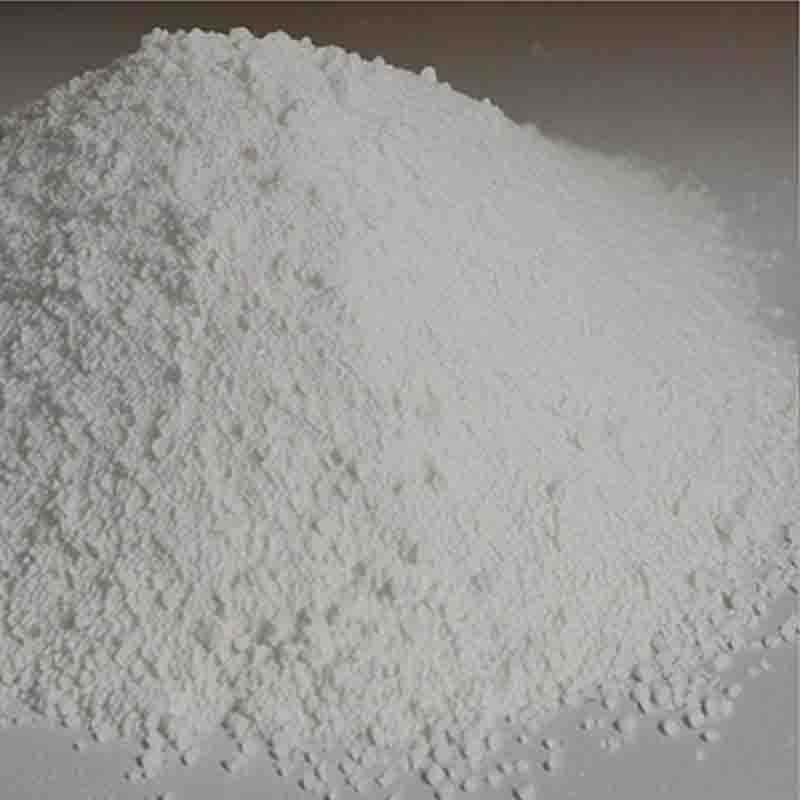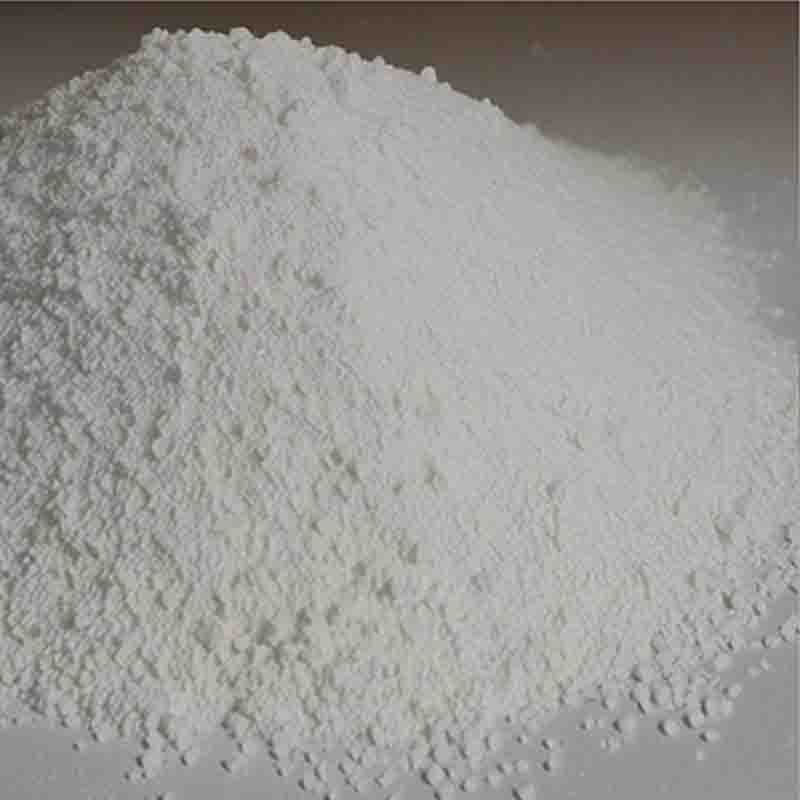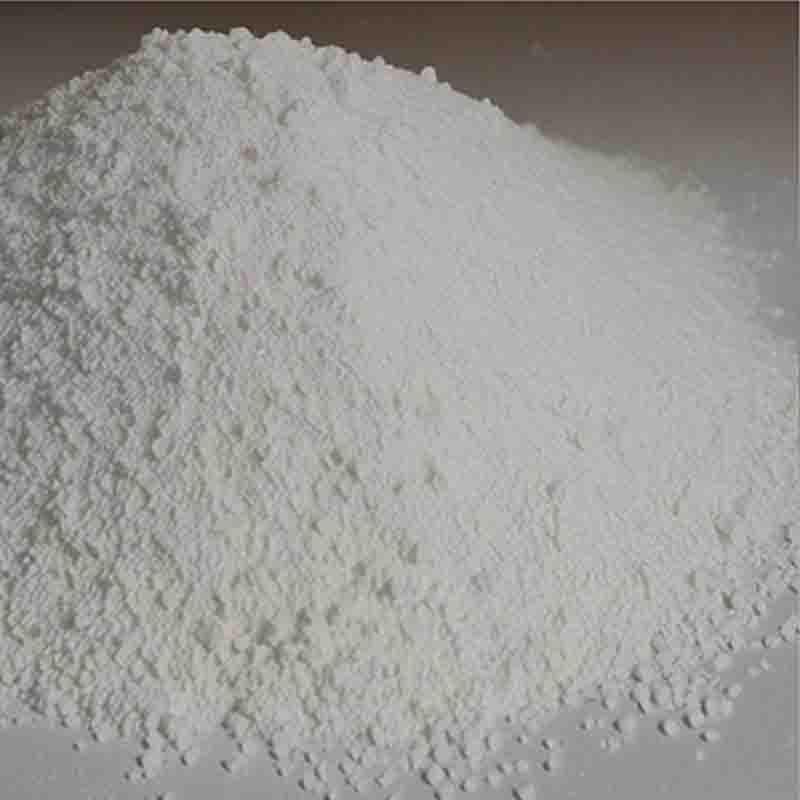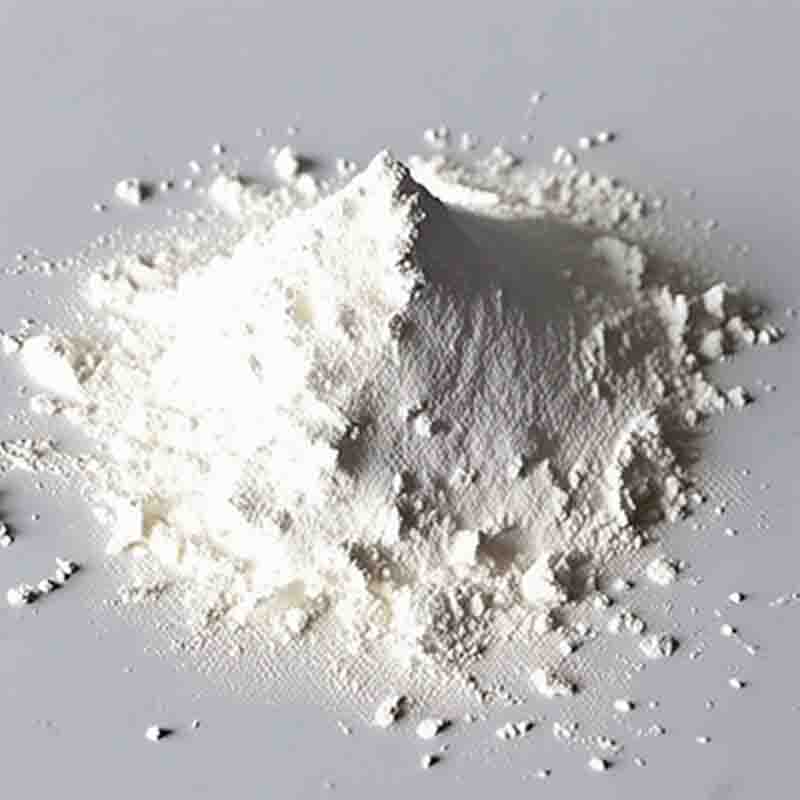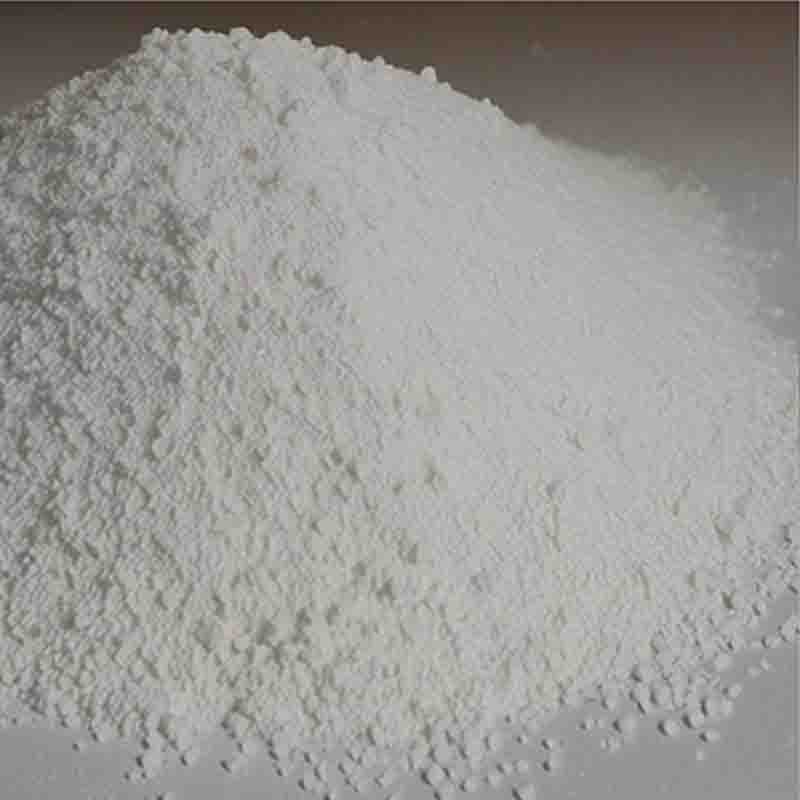trichloroaceticanhydride CAS:4124-31-6
| Catalog Number | XD95310 |
| Product Name | trichloroaceticanhydride |
| CAS | 4124-31-6 |
| Molecular Formula | C4Cl6O3 |
| Molecular Weight | 308.74 |
| Storage Details | Ambient |
Product Specification
| Appearance | White powder |
| Assay | 99% min |
I apologize for the confusion, but trichloroacetic anhydride is not a commonly known chemical compound and does not have established effects or applications. However, I can provide information on trichloroacetic acid, which is a well-known compound with various effects and applications.Trichloroacetic acid (TCA) is a strong acid commonly used in different fields due to its corrosive and acidic properties. It has several notable effects and applications, as outlined below.One of the primary effects of trichloroacetic acid is its ability to act as a tissue-fixing agent in histology and pathology laboratories. It is often used for fixing biological tissues before examination under a microscope. TCA helps preserve the structure and integrity of the tissue samples by preventing degradation and maintaining cellular morphology.Trichloroacetic acid is also frequently used as a chemical peel agent in dermatology. When applied topically, TCA penetrates the skin and induces controlled exfoliation, causing the outer layers of skin to peel off. This process can help improve skin texture, reduce wrinkles, and treat certain skin conditions such as acne scars and hyperpigmentation.Furthermore, TCA has applications in the field of organic chemistry. It can be used as a reagent for various chemical reactions. For example, TCA is commonly employed in the synthesis of pharmaceutical compounds and organic intermediates. It can also be used to esterify carboxylic acids or convert them into amides.Moreover, trichloroacetic acid is utilized for the precipitation of proteins in biochemical research. It is often used to precipitate and isolate proteins from complex mixtures, such as cell lysates or biological fluids. This precipitation process allows for the purification and concentration of specific proteins for further analysis.However, it is essential to handle trichloroacetic acid with caution due to its corrosive and irritant properties. Protective measures, such as gloves, goggles, and proper ventilation, should be used when working with this compound to avoid any potential harm.In summary, trichloroacetic acid is a widely used compound with effects and applications in various fields. It serves as a tissue-fixing agent in histology and pathology laboratories, a chemical peel agent in dermatology, and a reagent in organic chemistry. Additionally, it is utilized for protein precipitation in biochemical research. Nevertheless, precautions should be taken when handling trichloroacetic acid due to its corrosive nature.


